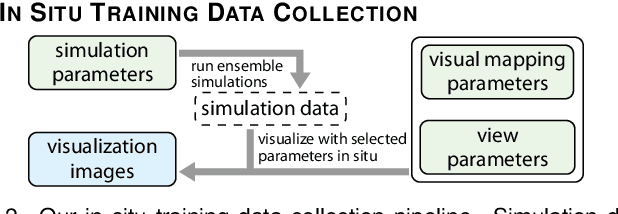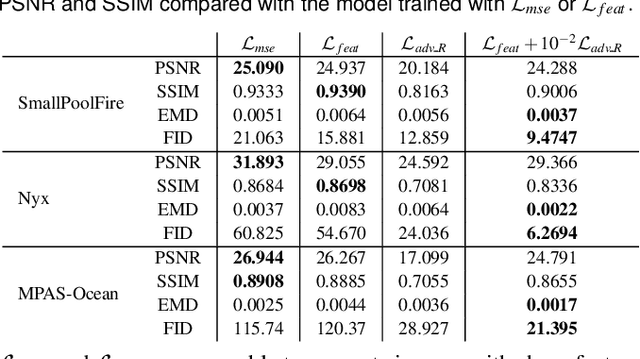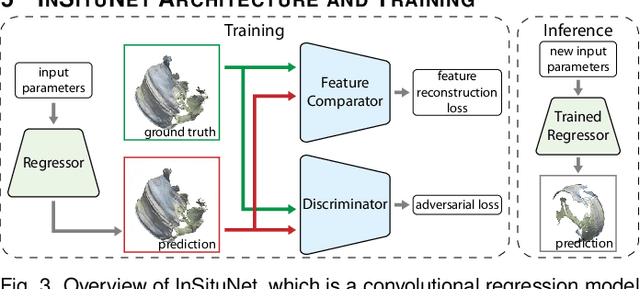Mukund Raj
Reinforcement Learning for Load-balanced Parallel Particle Tracing
Sep 13, 2021



Abstract:We explore an online learning reinforcement learning (RL) paradigm for optimizing parallel particle tracing performance in distributed-memory systems. Our method combines three novel components: (1) a workload donation model, (2) a high-order workload estimation model, and (3) a communication cost model, to optimize the performance of data-parallel particle tracing dynamically. First, we design an RL-based workload donation model. Our workload donation model monitors the workload of processes and creates RL agents to donate particles and data blocks from high-workload processes to low-workload processes to minimize the execution time. The agents learn the donation strategy on-the-fly based on reward and cost functions. The reward and cost functions are designed to consider the processes' workload change and the data transfer cost for every donation action. Second, we propose an online workload estimation model, in order to help our RL model estimate the workload distribution of processes in future computations. Third, we design the communication cost model that considers both block and particle data exchange costs, helping the agents make effective decisions with minimized communication cost. We demonstrate that our algorithm adapts to different flow behaviors in large-scale fluid dynamics, ocean, and weather simulation data. Our algorithm improves parallel particle tracing performance in terms of parallel efficiency, load balance, and costs of I/O and communication for evaluations up to 16,384 processors.
InSituNet: Deep Image Synthesis for Parameter Space Exploration of Ensemble Simulations
Aug 18, 2019



Abstract:We propose InSituNet, a deep learning based surrogate model to support parameter space exploration for ensemble simulations that are visualized in situ. In situ visualization, generating visualizations at simulation time, is becoming prevalent in handling large-scale simulations because of the I/O and storage constraints. However, in situ visualization approaches limit the flexibility of post-hoc exploration because the raw simulation data are no longer available. Although multiple image-based approaches have been proposed to mitigate this limitation, those approaches lack the ability to explore the simulation parameters. Our approach allows flexible exploration of parameter space for large-scale ensemble simulations by taking advantage of the recent advances in deep learning. Specifically, we design InSituNet as a convolutional regression model to learn the mapping from the simulation and visualization parameters to the visualization results. With the trained model, users can generate new images for different simulation parameters under various visualization settings, which enables in-depth analysis of the underlying ensemble simulations. We demonstrate the effectiveness of InSituNet in combustion, cosmology, and ocean simulations through quantitative and qualitative evaluations.
 Add to Chrome
Add to Chrome Add to Firefox
Add to Firefox Add to Edge
Add to Edge